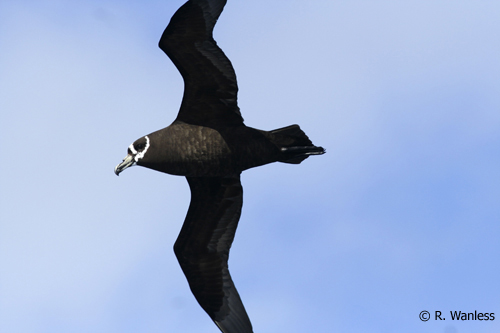BirdLife International's Albatross Task Force is comparing 5-kg steel weights with the standard concrete weights used by the demersal longline fishery in Namibia. The FV Joao N Castro sailed a few days ago from Walvis Bay with John Paterson of the Namibian section of the task force aboard to conduct the experimental work.

Loading steel weights onto the FV Joao N Castro in Walvis Bay, Namibia
Photograph courtesy of the Albatross Task Force
"The problem with concrete weights is that they get damaged quickly and loose mass, resulting in slow-sinking gear. Effective line weighting is the most important factor of best practice mitigation for demersal longline fishing... . By making a direct comparison with standard gear, we will be able to measure the sink rate [and] identify the level of seabird bycatch and fish catch associated with different weighting configurations."
Namibian waters fall within the nutrient-rich Benguela Upwelling System that supports large populatios of albatrosses, petrels and shearwaters of a number of species.

Spectacled Petrels occur in Namibian waters where they are risk to longlines
Photograph by Ross Wanless
Click here for more information.
With thanks to Oli Yates.
John Cooper, ACAP Information Officer, 25 June 2012

 English
English  Français
Français  Español
Español